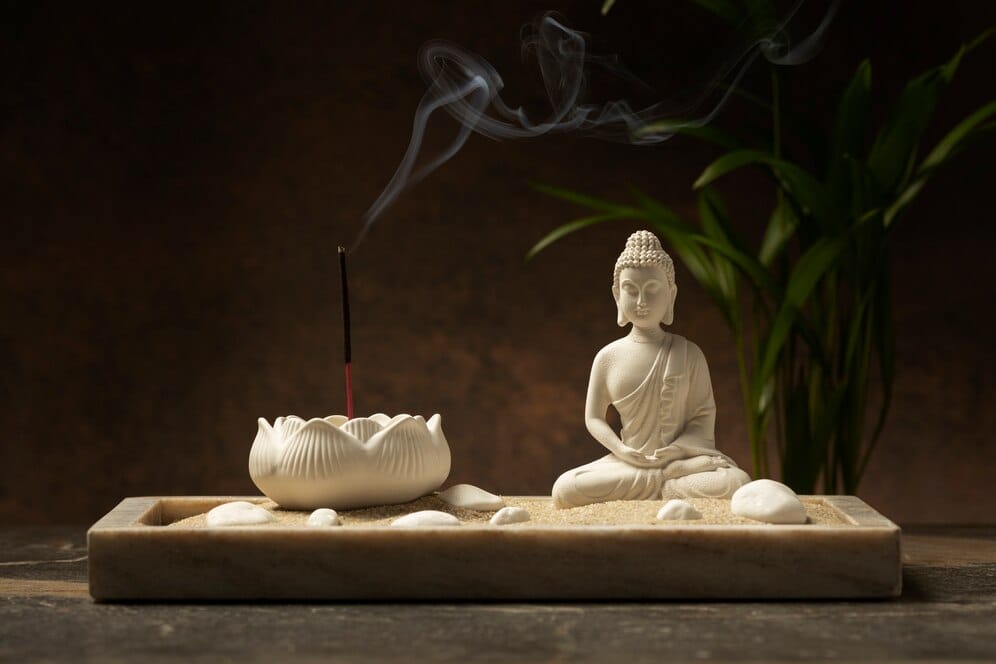Living Harmony: Feng Shui Fundamentals for the Modern Abode
Unlock the secrets of Feng Shui with "Living Harmony: Feng Shui Fundamentals for the Modern Abode." Explore ancient principles and practical tips for creating a balanced and harmonious living space in today's world.

Introduction

In an increasingly chaotic and fast-paced world, finding harmony and balance in our living spaces has become essential for promoting well-being and tranquility. One ancient practice that offers timeless wisdom for creating harmonious environments is Feng Shui. In this article, we'll explore the fundamentals of Feng Shui and provide practical tips for incorporating its principles into the modern home.
Understanding Feng Shui
Feng Shui, which translates to "wind-water" in English, is an ancient Chinese practice that seeks to harmonize individuals with their environment. Based on the belief that the arrangement of objects in a space can affect energy flow and influence various aspects of life, Feng Shui offers principles and guidelines for creating balanced and harmonious living environments.
Key Principles of Feng Shui
- Qi (Energy): Central to Feng Shui is the concept of Qi, or life force energy, which flows through all living things and the environment. The goal of Feng Shui is to enhance the flow of Qi in a space to promote health, prosperity, and overall well-being.
- Five Elements: Feng Shui recognizes five elements—wood, fire, earth, metal, and water—that interact with each other and influence energy flow. Balancing these elements in a space is essential for creating harmony and balance.
- Bagua Map: The Bagua map is a tool used in Feng Shui to identify different areas of a space and their corresponding aspects of life, such as health, wealth, relationships, and career. By aligning the Bagua map with the layout of a space, practitioners can identify areas for improvement and implement remedies to enhance energy flow.
Practical Tips for Feng Shui in the Modern Home
- Declutter: Clearing clutter is essential for promoting positive energy flow in a space. Remove unnecessary items and organize belongings to create a sense of spaciousness and tranquility.
- Balance Yin and Yang: Balance is key in Feng Shui, and achieving a harmonious balance between yin (passive) and yang (active) energies is essential. Incorporate elements of both yin and yang, such as soft fabrics and smooth surfaces, to create a balanced and harmonious environment.
- Enhance Natural Light: Natural light is a powerful source of positive energy in Feng Shui. Maximize natural light in your home by keeping windows unobstructed and using mirrors to reflect light into darker areas.
- Incorporate Plants: Plants bring vitality and freshness to a space and are believed to attract positive energy in Feng Shui. Choose healthy, vibrant plants and place them strategically throughout your home to enhance energy flow and promote well-being.
- Create a Welcoming Entryway: The entryway sets the tone for the rest of the home and is the first impression guests receive. Ensure your entryway is well-lit, clutter-free, and inviting to welcome positive energy into your home.
Conclusion
Incorporating Feng Shui principles into your home can enhance harmony, balance, and well-being in your living space. By understanding the fundamentals of Feng Shui and implementing practical tips, you can create a harmonious and balanced environment that promotes health, prosperity, and happiness for you and your family.